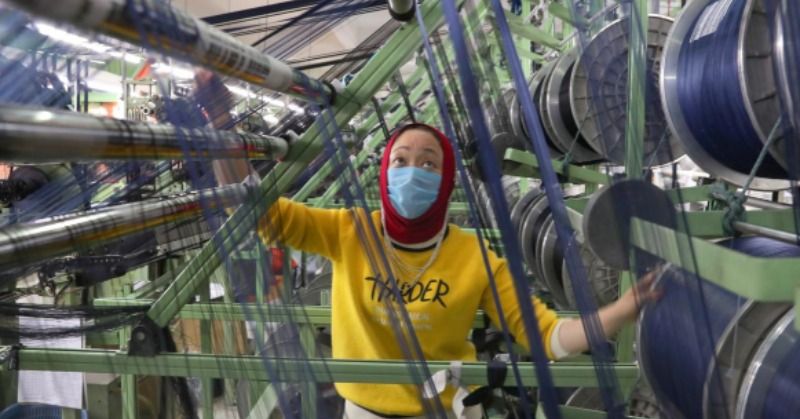Though advancements still need to be made, robots and A.I. could help us fight the coronavirus outbreak and save lives.
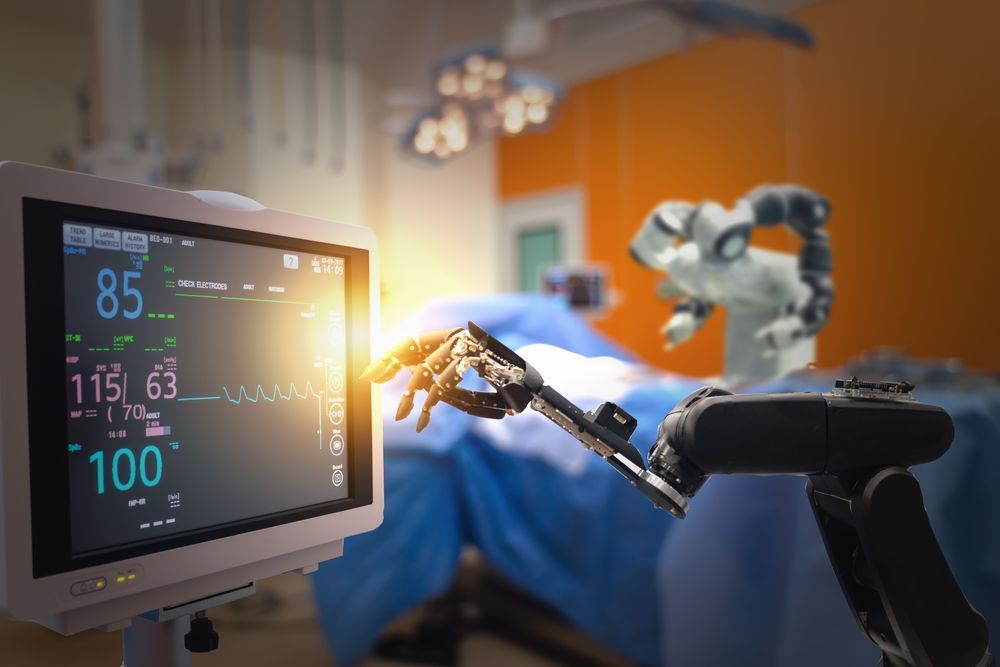

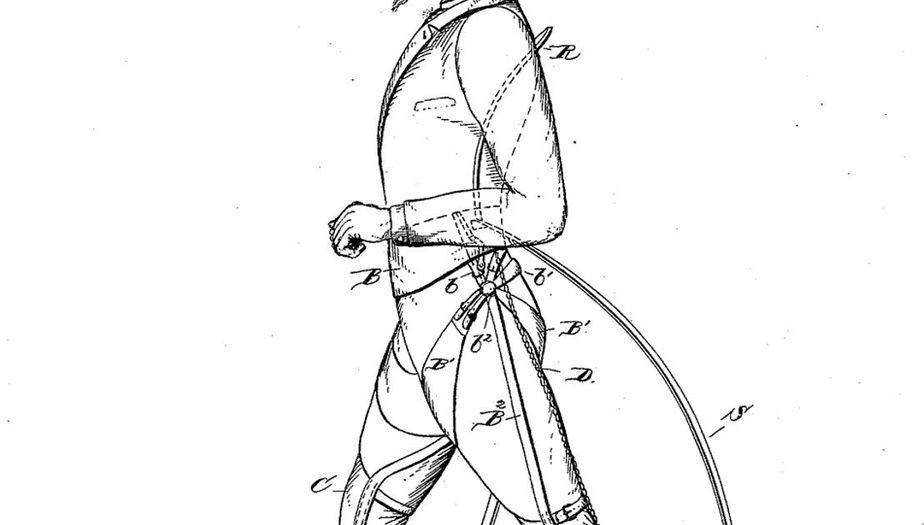
“Cycling is considered a new sport,” he says. “Ice skating is considered a separate event at the Olympic games. As technology develops and performance becomes not comparable to running, we might see this device being considered as an augmentation device that would initiate a new sport.”
As exciting as it is to look forward to a new realm of super-fast sports, there’s always the chance such technology might be used non-recreationally. Braun is aware of the potential for misuse of his spring legs by law enforcement agencies (a group who may benefit from them, per the paper’s abstract).
Braun likens the hypothetical use of his devices to the use of Segways by police forces. They allow for more mobility. But making sure they’re used ethically, is still an open question.

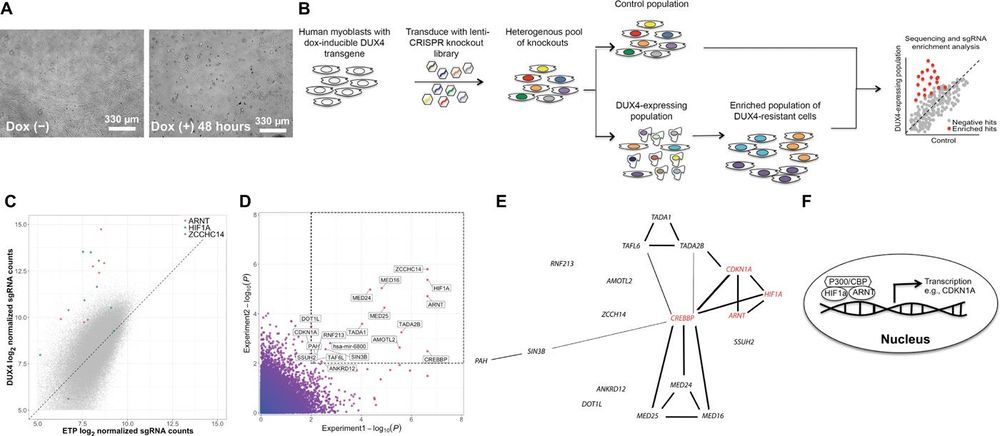
:33333 could lead to future cures of muscular dystrophy.
Facioscapulohumeral muscular dystrophy (FSHD) is caused by altered expression of DUX4, a gene important during development that is not usually present in adult cells. In FSHD skeletal muscle, activation of DUX4 leads to apoptosis. To identify potential targets that mediate DUX4-induced cell death, Lek et al. performed an unbiased screen using CRISPR-Cas9. Hypoxia signaling emerged as a target, and treating patient cells and zebrafish models of FSHD with inhibitors of hypoxia signaling reduced cell death and expression of DUX4 target genes and improved structural defects and muscle function. Results demonstrate the utility of this CRISPR-Cas9 screen for identifying putative therapeutic targets for FSHD.
The emergence of CRISPR-Cas9 gene-editing technologies and genome-wide CRISPR-Cas9 libraries enables efficient unbiased genetic screening that can accelerate the process of therapeutic discovery for genetic disorders. Here, we demonstrate the utility of a genome-wide CRISPR-Cas9 loss-of-function library to identify therapeutic targets for facioscapulohumeral muscular dystrophy (FSHD), a genetically complex type of muscular dystrophy for which there is currently no treatment. In FSHD, both genetic and epigenetic changes lead to misexpression of DUX4, the FSHD causal gene that encodes the highly cytotoxic DUX4 protein. We performed a genome-wide CRISPR-Cas9 screen to identify genes whose loss-of-function conferred survival when DUX4 was expressed in muscle cells. Genes emerging from our screen illuminated a pathogenic link to the cellular hypoxia response, which was revealed to be the main driver of DUX4-induced cell death.
Tech giants including Google and Microsoft want to work with hospitals and health-care systems to improve lives. But should people trust them with their medical data?
For more from Economist Films visit: http://films.economist.com/
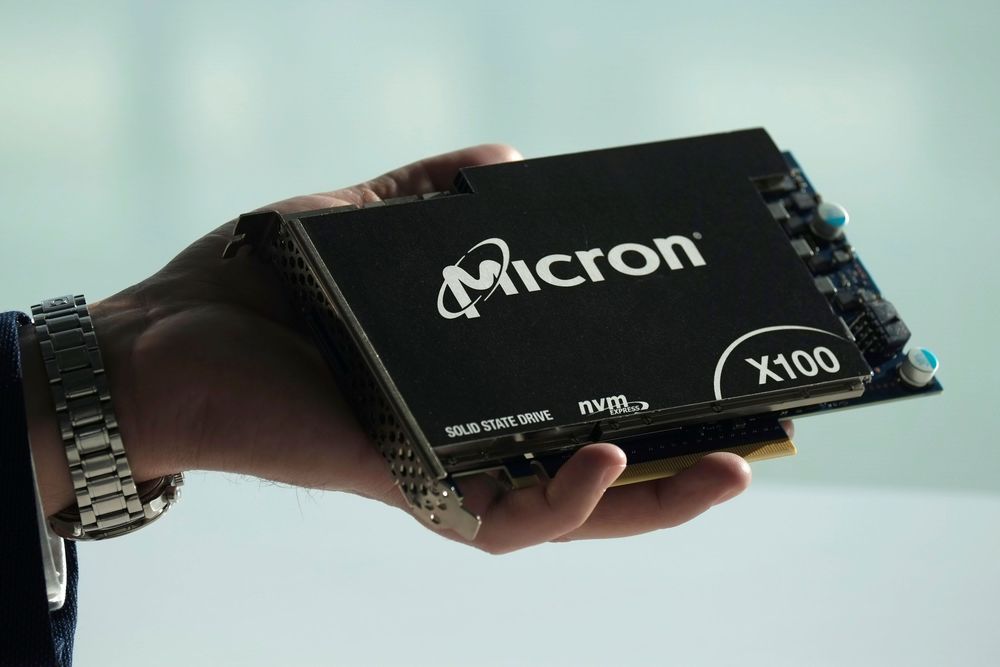
Scientists unearth ancient Papua New Guinea artifacts in the highlands of the island that settle a longstanding archaeological argument regarding the emergence of complex culture on the island.
About 10,000 years ago, the climate changed to better suit the planting of crops and the Neolithic revolution that brought about agriculture emerged in different parts of the world at different times. In Europe and Asia it is known that at this time cultural complexity developed as people began settling and living together on farms.
But archaeologists have now discovered buried artifacts on the island of Papua New Guinea, which suggest ancient people began farming and making tools, arts and crafts around the same time as their Eurasian contemporaries.
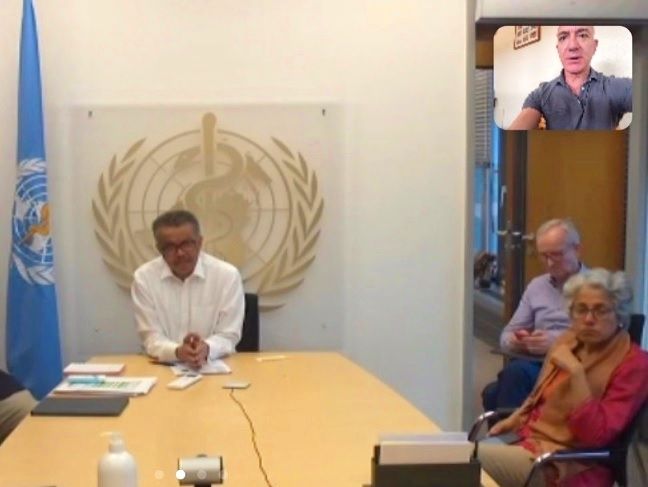
Amazon CEO Jeff Bezos and the World Health Organization’s director-general are trading ideas on how to get the COVID-19 pandemic under control, using tools ranging from Amazon Web Services’ firepower in cloud computing and artificial intelligence to distribution channels for coronavirus test kits.
Bezos recapped today’s talk with Director-General Tedros Adhanom Ghebreyesus in an Instagram post, featuring a screengrab of Bezos’ videoconference view with the billionaire’s own visage in the upper right corner of the frame:
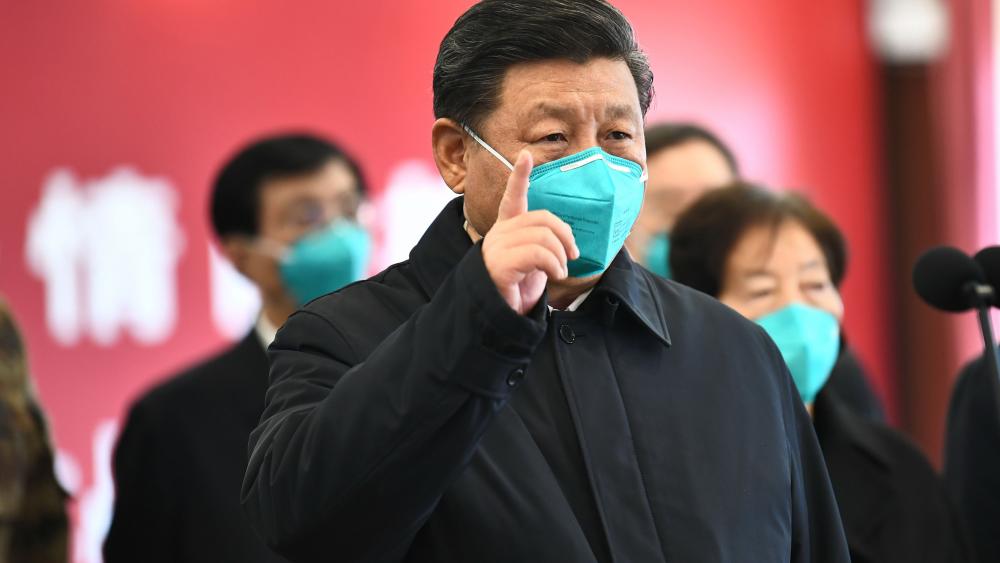
By Kurt M. Campbell and Rush Doshi
KURT M. CAMPBELL is Chair and CEO of the Asia Group and was U.S. Assistant Secretary of State for East Asian and Pacific Affairs from 2009 to 2013.
